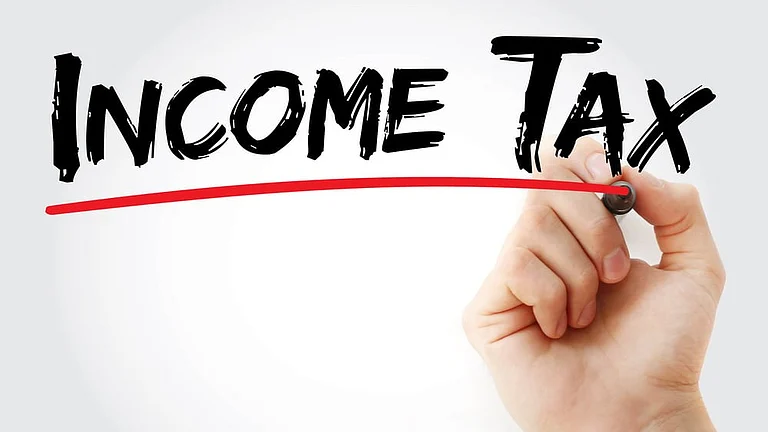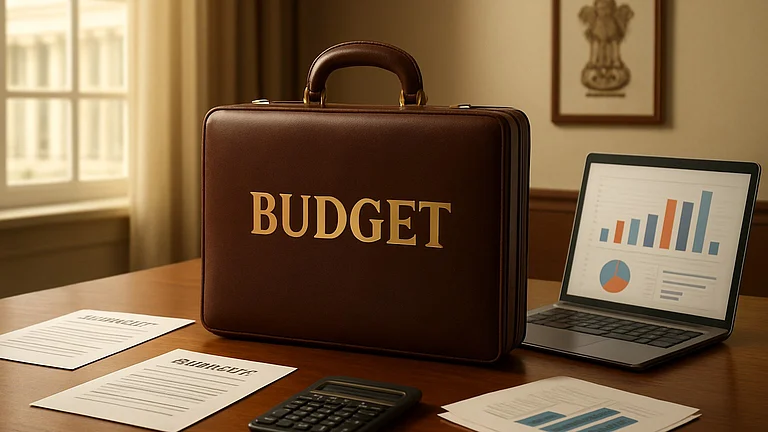
The Centre proposed two GST rates of 5% and 18% in a revamped structure
The 12% and 28% slabs would be removed under the new system
A special 40% rate would apply to around seven luxury and sin goods including tobacco
The central government has proposed two tax rates of 5% and 18% in the revamped Goods and Services Tax (GST), slated to replace the current indirect tax regime by Diwali this year, highly placed sources said.
The Centre has sent its proposal, which removes 12 and 28% slabs, to the panel of state finance ministers on GST rate rationalisation. They will now discuss it and place it before the GST Council. The council is expected to meet next month.
While nil or zero per cent GST is charged on essential food items, 5% is charged on daily use items, 12% on standard goods, 18% on electronics and services and 28% on luxury and sin goods, the revamped GST regime will have two slabs plus a special rate of 40% for luxury and sin goods, sources said.
When the revamped structure is approved by the GST Council, 99% of items in the current 12% slab will move to the 5 per cent bracket. Similarly, almost 90% of goods and services that are currently charged at 28% would shift to an 18% tax rate.
The special rate of 40% would be levied on only about 7 items, sources said, adding tobacco would also fall under this rate, but the total incidence of taxation would continue at the current 88%.
Online gaming is also likely to be treated as a demerit goods category and attract the highest tax rate.
As many as 8 sectors -- textiles, fertiliser, renewable energy, automotive, handicrafts, agriculture, health and insurance -- will benefit the most from the GST rate overhaul as per the Centre's proposal for ushering in the next generation GST reform.
The revamped GST is expected to give a big boost to consumption, offsetting the revenue loss that may occur from the rate revision, they said.
"There will be a gap in revenues because of the rejig, but the revenue will be offset in the next few months," a government source said, adding that the new slab structure would be implemented by the early third quarter.
Under the present GST structure, which came into being after central and state levies were subsumed beginning July 1, 2017, the highest 65% tax collections happen from the 18 per cent levy. The top tax bracket of 28% on luxury and sin goods contributes 11% of the revenue, while the 12% slab accounts for just 5% of the revenue.
The lowest 5% levy on essential daily-use items contributes 7% of the total GST kitty.
High labour-intensive and export-oriented sectors like diamonds and precious stones would continue to be taxed as per the existing rates.
Elaborating on the timing for reforms, sources said "piecemeal GST rate changes" could not have happened now, as the compensation cess, which is levied on luxury and demerit goods, was coming to an end once the repayment of the borrowed loans is complete.
Also, multiple GST rates in the supply chain were leading to evasion as fraudsters were generating fake invoices to claim input tax credit.
Under the GST law, a maximum of 40% tax can be levied on goods and services.































